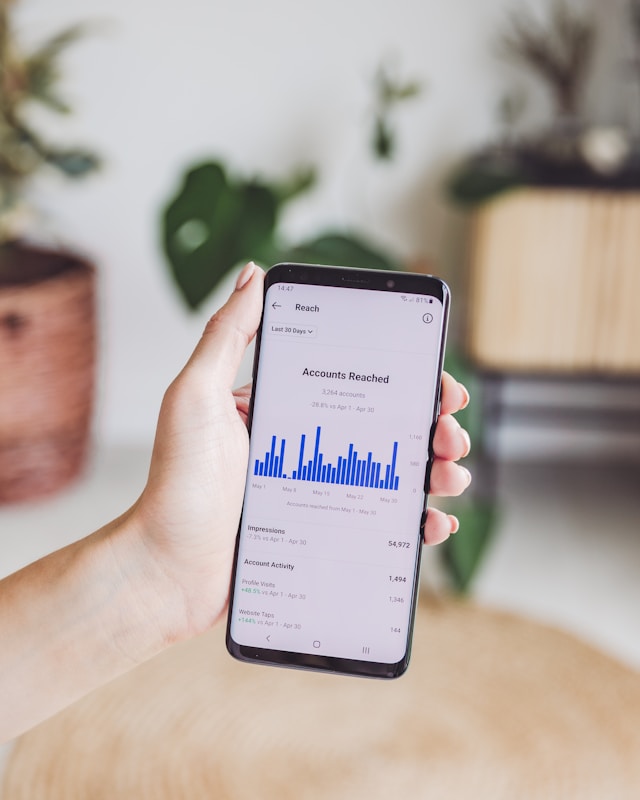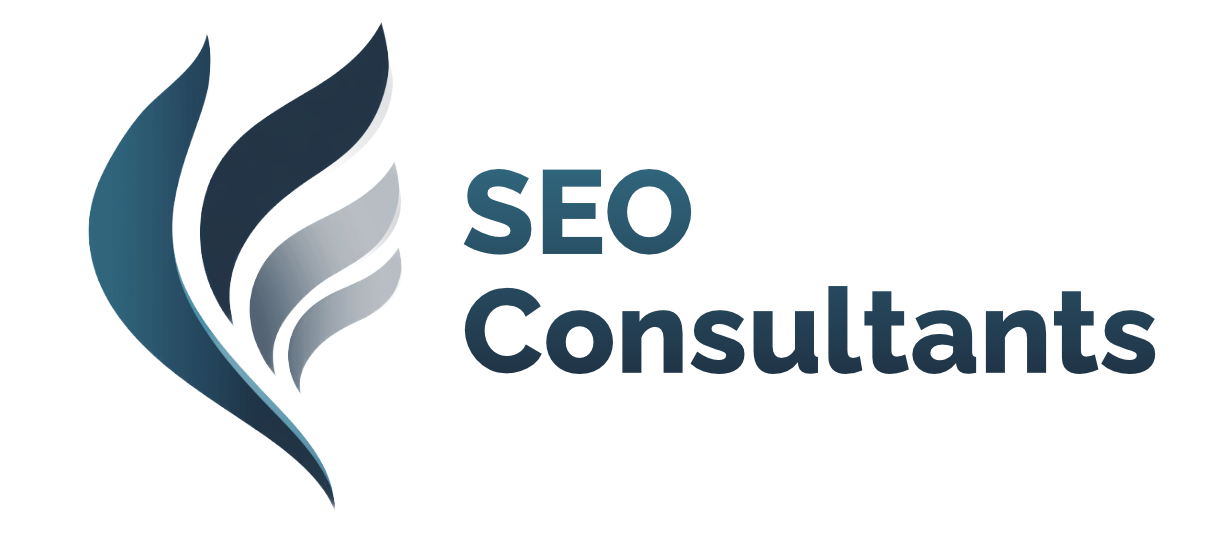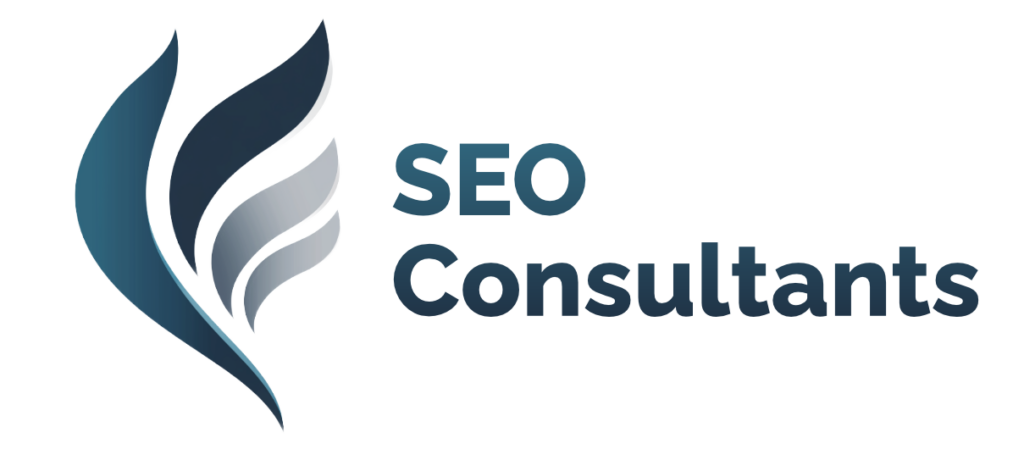In today’s competitive digital landscape, creating content for the sake of it is no longer enough—businesses need a structured, well-planned content strategy to succeed in SEO. A strong strategy ensures that every blog, guide, or landing page is carefully aligned with your audience’s needs, your keyword targets, and your wider business goals.
From building a content calendar to tracking performance, each step plays a crucial role in driving consistent organic traffic, improving search rankings, and establishing your brand as a trusted authority.

How do I develop a content calendar?
Developing a content calendar is a fundamental step in creating an effective content strategy. It is essentially a schedule that plans out all of your content creation and publication activities over a given period. A good content calendar is based on your keyword research, audience insights, and business goals. It outlines what content will be created, who will write it, and when it will be published and promoted.
To develop your calendar, you should start by brainstorming topics based on your target keywords. Grouping related topics into content clusters can also help with internal linking. You should then schedule the content for specific dates, taking into account seasonal trends or upcoming events. A content calendar brings structure and consistency to your efforts, ensuring that you are regularly publishing valuable content that aligns with your SEO and marketing objectives.
What types of content should I create for SEO?
For SEO, you should create a variety of content types that cater to different stages of the user’s journey. At the top of the funnel, you should focus on creating informational content that answers your audience’s questions, such as blog posts, guides, and ‘how-to’ articles. This type of content is excellent for attracting organic traffic and building brand awareness.
For users who are further down the funnel and closer to a purchase decision, you should create content that addresses their commercial intent. This could include case studies, product reviews, and comparisons. Additionally, you should also consider creating visual content like infographics and video tutorials, as these are highly shareable and can help you earn valuable backlinks. A mix of content types ensures you are targeting a wide range of keywords and user needs.


How do I create content that is better than my competitors’?
To create content that outperforms your competitors’, you need to go beyond simply covering the same topic. You should aim to produce a ’10x content’ that is ten times better than the top-ranking content for your target keyword. Start by conducting a thorough analysis of the top-ranking pages to understand what they are doing well and, more importantly, where they are falling short.
Your content should be more comprehensive, more in-depth, and more up-to-date than what is currently ranking. This could mean adding original research, including expert insights, or using high-quality visuals. By providing more value to the user, you not only improve your chances of outranking your competitors but also increase your credibility and authority within your industry.
How does content help with link building?
Content is the very foundation of an ethical and sustainable link building strategy. You cannot acquire high-quality backlinks without having something valuable for other websites to link to. High-quality content serves as the ‘asset’ that attracts links naturally and provides a strong reason for others to link to your site. This is often referred to as ‘link earning’ because the quality of the content earns you the link.
Furthermore, a strong content strategy is essential for a proactive outreach campaign. When you contact other website owners or journalists, you need to offer them a piece of content that is genuinely useful to their audience. Providing a well-researched guide, a compelling data study, or a helpful infographic gives them a clear incentive to link back to you. In this way, content and link building are two sides of the same coin, with content serving as the engine that drives your link acquisition efforts.


What is content pruning and when should I do it?
Content pruning is the process of removing or consolidating low-quality or outdated content from your website. This is a crucial practice for maintaining your site’s health and SEO performance. Over time, you may accumulate pages that receive little to no traffic, have very thin content, or are no longer relevant to your audience. These pages can dilute your website’s overall authority and can be a waste of your crawl budget.
You should consider content pruning when a site has a large number of pages that are not performing well and are not essential to the user experience. The process involves identifying these pages and deciding whether to delete them, consolidate them with another, more authoritative page, or update and revitalise them. By removing the dead weight, you can improve your site’s overall quality and focus search engine crawlers on your most valuable content.
How do I update and optimise old content?
Updating and optimising old content is a highly effective SEO strategy that can yield significant results with less effort than creating new content from scratch. This process involves identifying existing articles that are underperforming or have become outdated and giving them a comprehensive refresh. You should start by checking the article’s current rankings, organic traffic, and backlink profile.
To update the content, you should add new and more recent information, update any broken links, and add new keywords that have emerged since the original publication. You should also ensure the article is well-optimised for user experience, with clear headings, a logical structure, and high-quality images. By breathing new life into your old content, you can boost its rankings, increase organic traffic, and get more value out of your existing content library.


What is a content pillar page, and why is it important?
A content pillar page is a comprehensive, long-form piece of content that serves as a central hub for a broad topic. It covers all aspects of the topic at a high level and acts as a central authority page. The pillar page then links to a number of smaller, more detailed content ‘cluster’ pages that each focus on a specific sub-topic. For example, a pillar page on ‘digital marketing’ might link to cluster pages on ‘SEO’, ‘content marketing’, and ‘social media’.
This content pillar and cluster model is highly effective for SEO because it creates a clear internal linking structure that signals to search engines the authority of the pillar page. It helps search engines understand the relationships between your content and, as a result, can significantly improve the rankings of both your pillar and cluster pages. It also provides a better user experience, as visitors can easily navigate from the broad topic to the specific details they are looking for.
How can I promote my content to get more traffic and links?
Creating great content is only half the battle; the other half is promoting it effectively to ensure it reaches your target audience and earns valuable backlinks. You should start by sharing your new content across your own channels, including social media, email newsletters, and internal links from other relevant pages on your site.
For broader promotion, you should engage in outreach by contacting relevant bloggers, journalists, and influencers who might be interested in your content. You can also repurpose your content into different formats, such as a short video, an infographic, or a series of social media posts. By actively promoting your content, you can increase its visibility, drive more traffic, and significantly improve your chances of earning backlinks from authoritative websites.


What is the role of a blog in a content strategy?
A blog is the central component of a content strategy, acting as the engine for your inbound marketing efforts. It provides a platform for you to regularly publish new content that attracts organic traffic by targeting a wide range of informational keywords. The blog allows you to answer your audience’s questions, build credibility, and establish your brand as a thought leader in your industry.
Beyond attracting traffic, a blog can also be used to nurture leads and guide them through the sales funnel. By linking from your blog posts to your service or product pages, you can direct engaged readers to the content that will help them convert into customers. A well-maintained blog is an invaluable asset for building brand authority, attracting new visitors, and providing a foundation for your overall SEO strategy.
How do I track the performance of my content?
Tracking the performance of your content is essential for understanding what is working and for making data-driven decisions about your content strategy. The most important metrics to track are organic traffic, keyword rankings, and conversions. You can use tools like Google Analytics to see which pages are driving the most organic traffic and how users are interacting with them.
You should also monitor the ranking of your target keywords using an SEO tool. Look for improvements in rankings and identify pages that are declining so you can update them. Furthermore, you should track conversions from your content, whether they are leads, sales, or newsletter sign-ups. By analysing these metrics, you can refine your content strategy to focus on creating more of the content that is driving your business goals.


